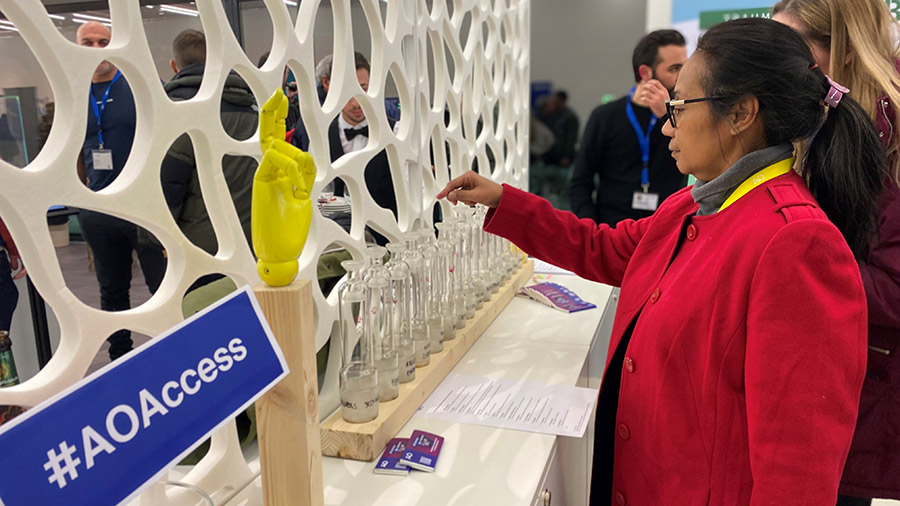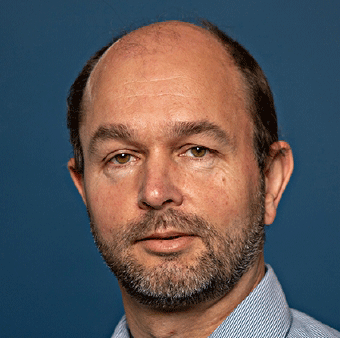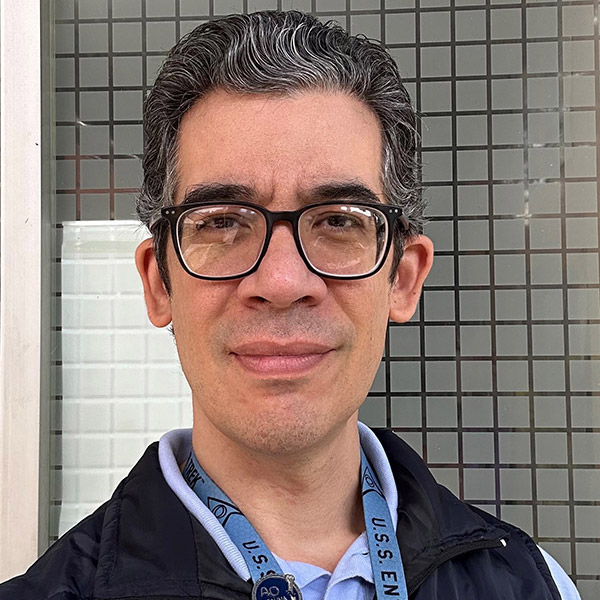AO Access helps the AO make strides toward more transparent and inclusive recruitment practices

Just as “manels”—speaker lists and other bodies entirely devoid of women and other underrepresented groups—impede science, exclusionary recruitment processes can impede the AO’s efforts to recruit the best candidates for faculty and officer opportunities, according to AO Access Officer and Faculty Selection Processes Task Force Lead Matthew Allen.
Allen believes it is essential to tackle—head-on—the challenges associated with advancing in the AO. His task force’s purpose is “for the membership, leadership, and culture of the AO to reflect the diversity and aspirations of its membership and the needs of the patient population that we serve.”
To make that happen, the task force provides guidance and advice to the clinical divisions and clinical unit’s Nomination Committees to implement a clearly defined, fair and transparent pathway and practices for officer and faculty recruitment and selection that are harmonized and implemented across AO, using best practices that promote inclusivity and ensure equal opportunity.
Overcoming challenges
“Fundamentally, it's really just reflecting the fact that getting in and having any leadership role in the AO—whether that's at the local, regional, or international level—is very challenging when there are obstacles in the way,” he explained. “Whatever your identity is, there are challenges to advancing; those challenges may have to do with simply not knowing about an opportunity, not having access to the opportunity, or there may be other blockades in the way.
The pathways to leadership and faculty roles in the AO have not historically been transparent, he said, and the way opportunities are advertised can make a difference in who responds to those opportunities. He pointed out that an AO opportunity, diversity, and inclusion survey revealed that more than 50 percent of AO Faculty became faculty members without formally applying for the role; the task force aims to reduce that number to less than 30 percent by 2025.
Providing guidance
Among the task force’s guidance are recommendations to make recruitment opportunities accessible to all members, clearly reiterating the AO’s Who we are and What we do statements to enhance the likelihood of viewers applying for positions. Additionally, the task force recommends that each open position be accompanied by a clear job description emphasizing the AO’s commitment to equity and diversity—including gender-neutral pronouns, inclusive language, and images showing equal numbers of men and women in a teaching role and at least two people from underrepresented groups in medicine.
To expand the roles of the Nomination Committees (NomComs) beyond the formalities of election and verification of candidates, the AO Foundation Board (AO FB) in December 2022 approved a guiding principle to ensure more diversity in the AO’s governance bodies.
The proposal from the AO FB asks that the clinical divisions and clinical unit include the following statement in their Terms of Reference: “The NomCom plays an active role in scouting for talents, in assessing the candidates in all relevant aspects (including leadership skills) and in supporting diversity (age, gender, geography).”
For this reason, AO Access recommends standardized processes to engage a more diverse pool of faculty and officers. Ideally, the criteria for positions are adjusted to ensure a larger pool of candidates, potentially using open and anonymized open calls to encourage a larger pool of competent, engaged and committed applicants. Broad advertising of each open position to ensure that all potential candidates are notified is needed. Furthermore, the Nomination Committee (reviewing panel) should have diversity in itself, and have done repeated unconscious biased training, as we are otherwise likely to be engaging in our own biases as humans tend to identify with those that look, act and think like oneself.
“Our goal has been to try and identify what the challenges are for individuals to progress into
leadership roles and faculty roles within AO,” Allen, explained. “Often, we would hear from members of the AO community that they don't understand how people can get engaged in AO. The fact is that most of us didn't come into AO because we just applied for a position we saw advertised. Most of us—myself included—got in because somebody sponsored us in some way. Not everybody's lucky enough to have the network, and so it shouldn't be based on that. Your ability to progress shouldn't be based around who you know.”
‘You are actually welcome’
The remedy, AO Access Officer and Faculty Selection Processes Task Force member Pedro Jorba said, is to make AO pathways—and the opportunities within those pathways—very clear, signpost them, and ask the hard questions, like, “Where are the people that we want to attract? Where are they looking? What's their comfort zone? What groups are they working within? And why isn't the AO message getting penetration into that environment?"
“And, once they then apply, we have to ask what the internal obstacles are to getting selected,” he pointed out. “We've always had diversity of AO membership because of the global nature of the
organization, but there's a difference between ‘You can come into the tent,’ and ‘You are actually welcome
in the tent and we're going to do things for you to help you be as good as you can be.’”



